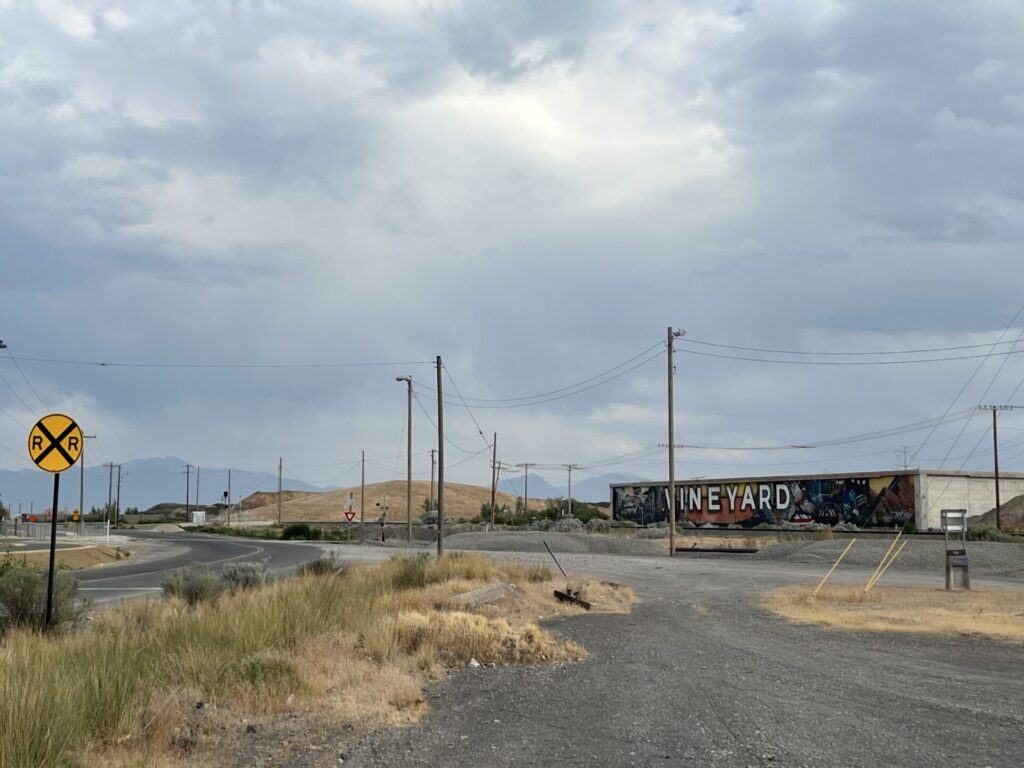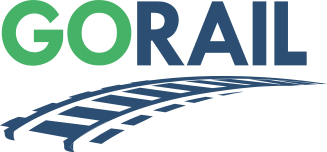Salt Lake City, UT — Utah may be known for its heightened landscapes, but during my recent visit there for GoRail, the real view was at ground level—meeting with leaders across the state who are helping to shape the future of freight transportation.
Over the course of a week, I sat down with over two dozen rail stakeholders: state and local legislators, the Department of Transportation, the Utah Inland Port Authority, chambers of commerce, university policy experts, and environmental organizations. These conversations centered around the growing need for safe, sustainable freight infrastructure—and how rail fits into that vision.

This visit, like the dozens of similar trips GoRail state directors take to localities across the nation every year, uncovered promising opportunities for future collaboration. At the Utah Inland Port Authority, leaders shared their commitment to shifting more freight from truck to train and discussed ways GoRail can help amplify their unique success stories.
Meanwhile, conversations with environmental advocates revealed a shared interest in highlighting rail’s sustainability and environmental advantages, particularly through public education initiatives that could bring freight rail into Utah classrooms. Academic partners also showed enthusiasm. At the University of Utah’s Gardner Policy Institute, our discussion explored rail’s role in regional economic development and the need for GoRail and addition rail voices to participate in upcoming transportation forums.

The biggest policy win stemming from my visit came to fruition when Salt Lake County unanimously passed a resolution in support of the federal Combating Organized Retail Crime Act (CORCA) following my visit. This success was the result of ongoing education and engagement efforts in the region, and it shows how local leadership can elevate national priorities. The resolution not only brings new visibility to the issue of cargo theft but also signals strong grassroots support for strengthening freight security.
Among the Utahns I met with, there was a clear desire for deeper engagement around freight rail—its challenges, its benefits, and its impact on communities. The momentum in Utah is real, and it’s built on connection: listening, sharing, and aligning interests across industries.
For GoRail, that’s what fieldwork is all about. And in Utah, it’s already laying the foundation for meaningful progress.


